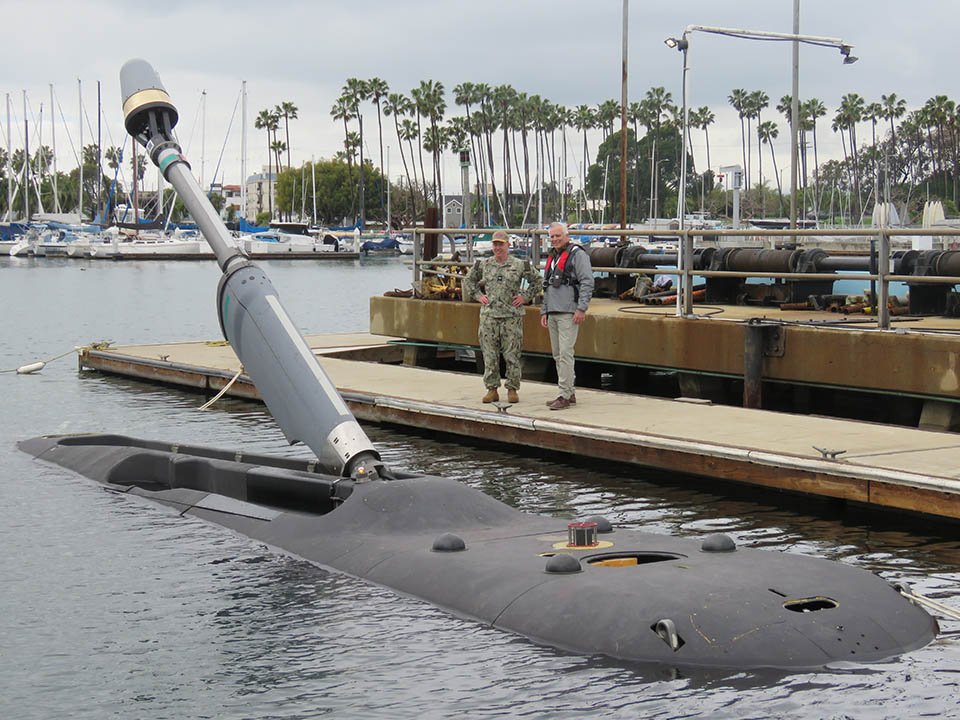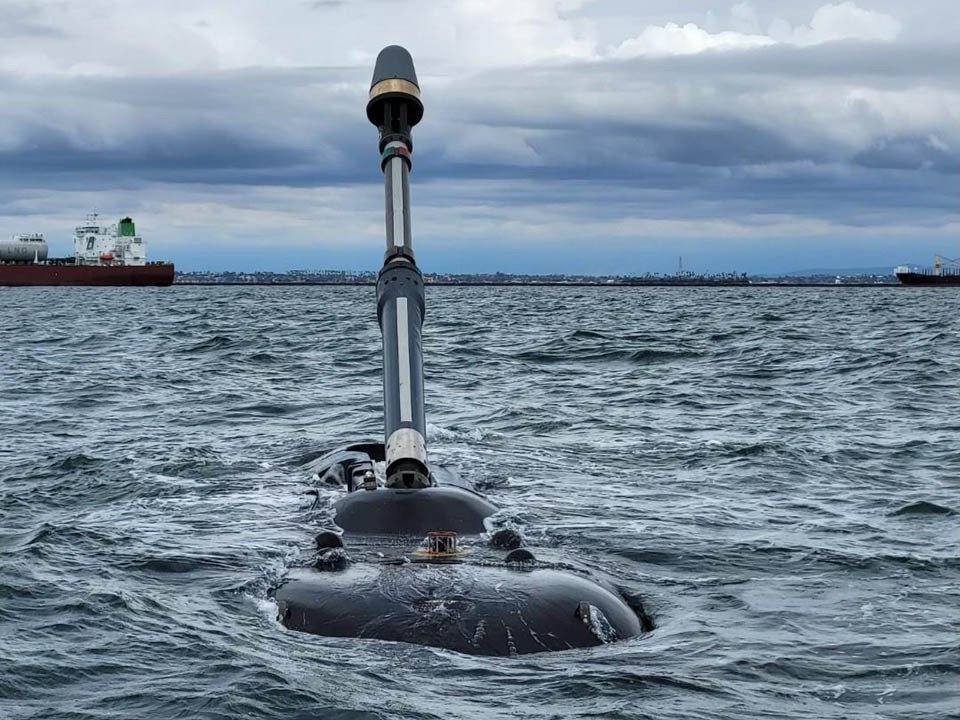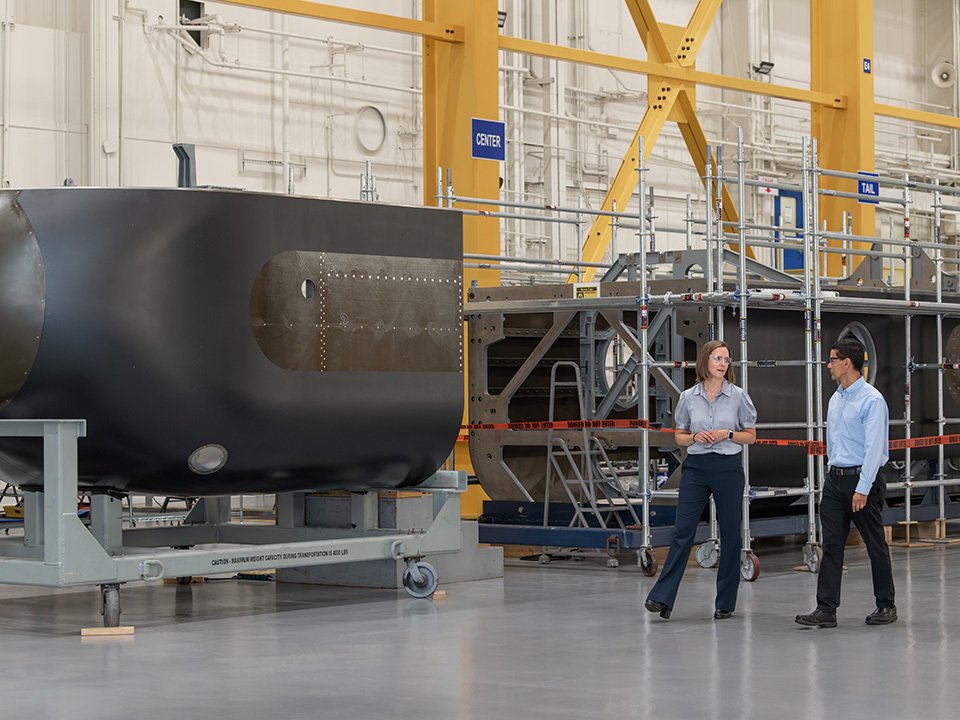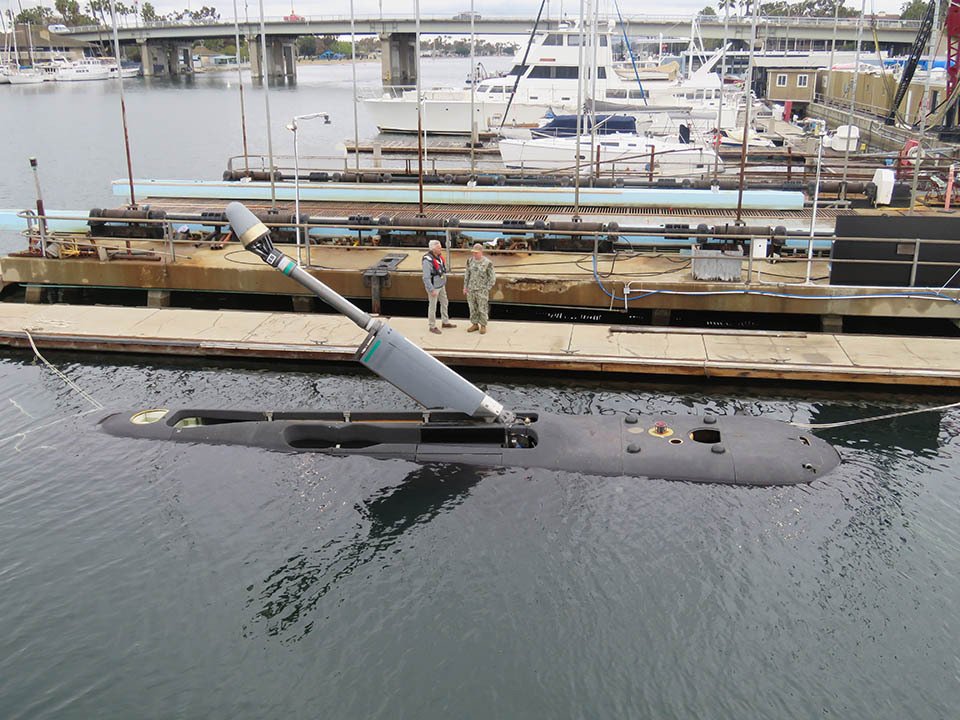The XLUUV, or “Orca” is an autonomous submarine designed by Boeing for the United States Navy (USN). This is a first-of-type extreme endurance autonomous platform, delivering an unprecedented package of capacity, mission flexibility and reliability. This game-changing combination expands strategic and tactical options for previously unattainable missions, re-examining the approach to undersea and seabed warfare. No comparable platform exists today.
XLUUV stands for “eXtra Large Uncrewed Undersea Vehicle. It is the largest of all UUVs. It’s energy capacity enables a 6,500nm range, enabling months-long missions with limited human intervention. The vehicle is capable of open ocean transit, bottom following, and long-duration moored operations on the seabed. Smaller UUVs do not have this endurance and range capacity.
This transformative vehicle is versatile; designed with an unprecedented modular payload volume, enabling a near limitless spectrum of payloads and missions. The payload bay is designed for maximum flexibility and provides structure, electrical, and data interfaces to host a wide variety of payloads.
Volume and energy capacity are important differentiators for the XLUUV and most important for the range of missions that an XLUUV can complete. Smaller UUVs cannot completely deliver the same amount of payload are more limited in endurance and range.
Boeing has designed and operated manned and unmanned deep sea systems since the 1960s, including Rockwell International legacy systems and U.S. Navy support programs. Prior to Echo Voyager, Boeing has developed Echo Seeker, Echo Ranger, Echo Voyager predating the XLUUV.
XLUUV’s advanced autonomy allows it to operate effectively in clear and congested waters without physical human contact.







